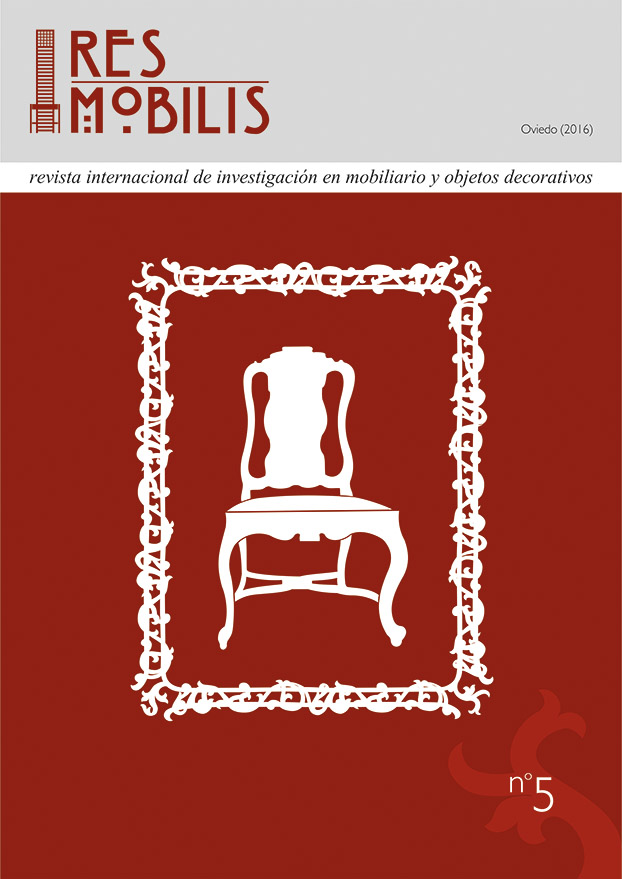Resumo
La Ilustración española se interesó por el color como factor esencial de su proyecto de reforma de las artes secundarias como atestiguan los numerosos manuales que se afanaron en hacer avanzar en el Setecientos las industrias del tinte. Hasta ahora, el gusto por nuevas combinaciones de colores en el siglo XVIII ha sido tratado preferentemente en los estudios dedicados a la indumentaria, asumiendo la historiografía del espacio doméstico las habituales vinculaciones entre colores y estilos a la moda. Sin embargo, otras fuentes hasta ahora poco analizadas desde este punto de vista, como la documentación notarial, pueden matizar de manera sustancial esta imagen. Este artículo recupera, a partir de un corpus de más de doscientos inventarios zaragozanos fechados entre 1700 y 1804, todas las denominaciones de colores utilizadas por los escribanos en su descripción del ajuar doméstico, con el fin de iniciar un estudio de los distintos significados culturales del color a partir de la decoración de la vivienda y de los objetos contenidos en aquella.
The Spanish Enlightenment saw colour as an essential factor in its reform of the so-called secondary arts or crafts as shown by the numerous recipe-books and handbooks dedicated during the 18th century to the improvement of the art of dyeing. Until the present, the taste for new 18th-century colour combinations has been studied mainly by researchers dedicated to fashion and costume. Their assumptions have been used in the historiography of domestic interiors without further critical discussion. But other sources not so far examined from this point of view, such as notarial inventories of domestic objects, challenges this received image. The present article, based on the study of over two hundred inventories from the city of Zaragoza between 1700 and 1804, examines systematically the colour denominations used by notary clerks in their descrptions of domestic objects with the aim of initiating a study of the different cultural meanings of colour.

